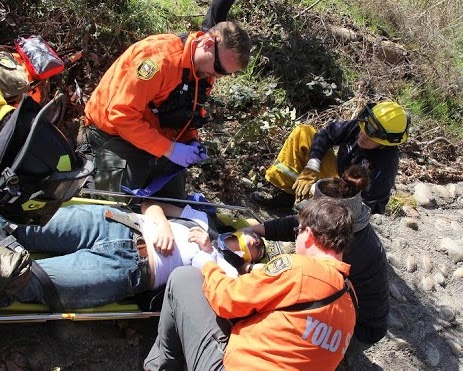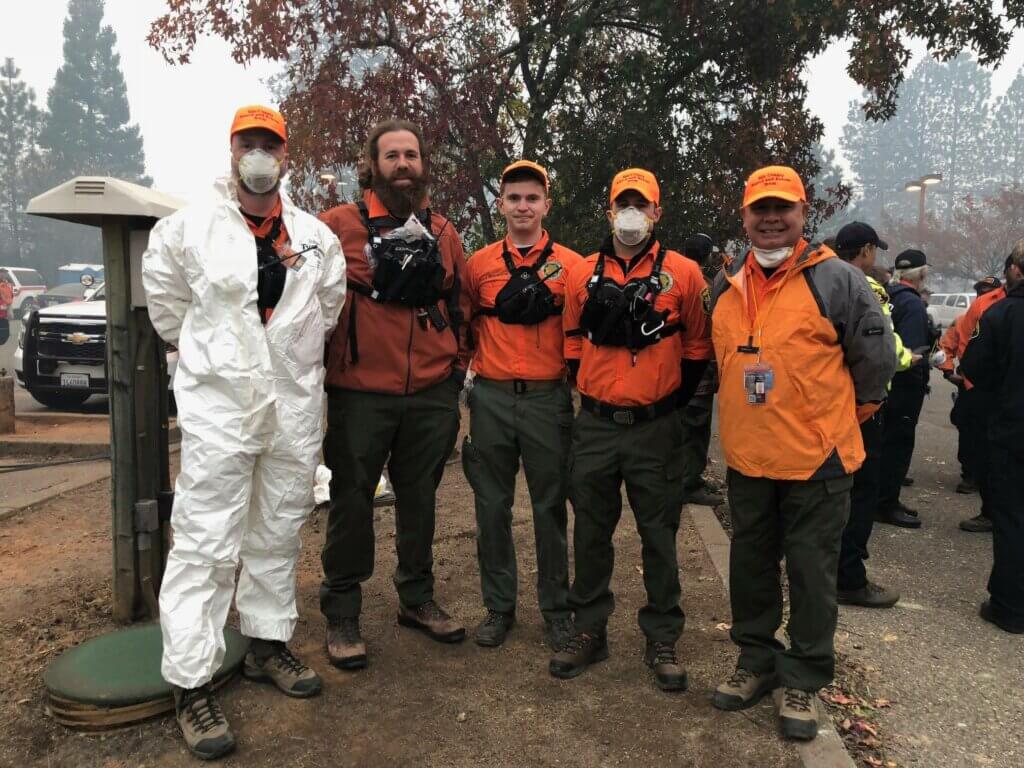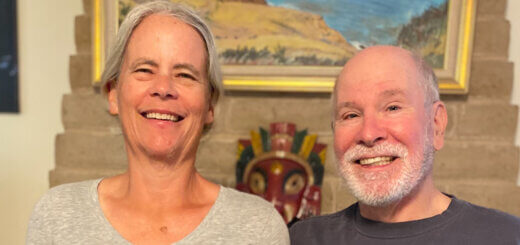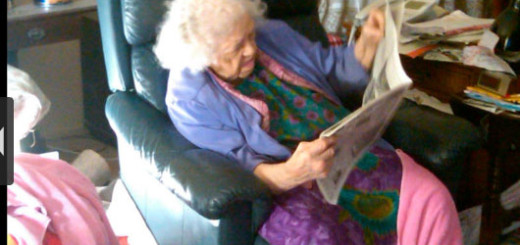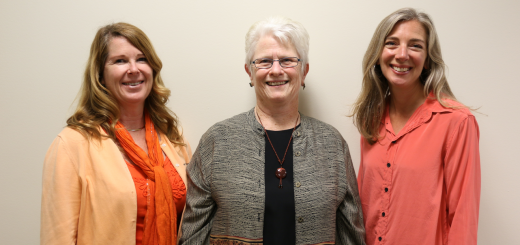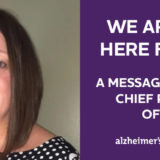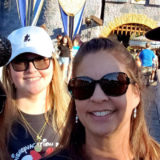Yolo County search and rescue requires dementia training
Recently the Yolo County search and rescue team added a dementia safety course as a required part of their training for first responders. Armando Jaramillo (AJ) is the president of the Yolo County search and rescue team. Because of how often searches involve someone living with dementia, AJ recommends that this training be mandatory for all first and secondary responders.
How searching for a missing person works
When a person is missing, the police or sheriff’s department is called in to help. If the search expands into an area that is not easily patrolled by vehicles, typically the local search and rescue team is called in. If a bigger search area is needed, it could expand to include search and rescue teams from across the state.
Once the search and rescue team has arrived, they’re assigned a search area. “People go missing every day in the state,” said AJ. “Our function is to assist searching the land and terrain along with the deputies and officers.”
Dementia related searches
Search and rescue operations in Yolo County are frequently for someone who is living with Alzheimer’s or another dementia. “It’s not a true reflection of how many dementia-related searches go unreported [to search and rescue].
“Not every case requires the search and rescue team. We’re a resource though the sheriff’s office so we only get called out if we’re requested by the county.”
Wandering due to dementia
Alzheimer’s disease can cause people to lose their ability to recognize familiar places and faces. It’s common for a person living with dementia to wander or become lost or confused about their location, and it can happen at any stage of the disease. Six in 10 people living with dementia will wander at least once; many do so repeatedly.
If wandering occurs, here are the actions you can take:
- Start search efforts immediately. When looking, consider whether the individual is right- or left-handed “” wandering patterns generally follow the direction of the dominant hand.
- Begin by looking in the surrounding area “” many individuals who wander are found within 1.5 miles of where they disappeared.
- Check local landscapes, such as ponds, tree lines or fence lines “” many individuals are found within brush or brier.
- If applicable, search areas the person has wandered to in the past.
- If the person is not found within 15 minutes, call 911 to file a missing person’s report. Inform the authorities that the person has dementia.
Working with the Alzheimer’s Association®
Seeing a growing need for more information about Alzheimer’s disease and other dementias, AJ began working with Denise Davis, Program Coordinator at the Alzheimer’s Association. Denise introduced him to a self-guided education course, Approaching Alzheimer’s: First Responder Training. This course teaches emergency responders how to identify the disease, and efficiently and effectively respond to common calls involving a person living with dementia.
While the search and rescue team is considered a secondary responder (as they arrive at the request of first responders), AJ still found this training helpful. “Prior to the course, I had superficial knowledge of the disease from other work I’d done,” said AJ. “Now we have knowledge we can put in our backpack and pull out when it’s appropriate.”
Additionally, AJ likes the fact that the course exposes the team to resources available on the Alzheimer’s Association website at alz.org. “Everyone gets access to the newsletter that the organization sends out. It keeps everyone plugged in.”
Encouraging others
The Approaching Alzheimer’s: First Responder Training is now required for all Yolo County search and rescue team volunteers. AJ hopes that other teams will follow suit.
“The Alzheimer’s Association is a recognized national organization that is focused on the care of people living with Alzheimer’s and other dementia,” said AJ. “Search and rescue teams are the boots on the ground and the people who are going to find the missing persons. As a team we can always stay current with the Association’s efforts and get new information.
“Many people don’t know that there is a local chapter they can turn to in their area. When I saw that there was a chapter in Northern California, I thought, “˜oh, these are our people in our counties.’ I can’t impress more upon law enforcement and medical professionals to take the course. It’s critical that more police and deputies have this information, so search and rescue can be called.
“We made this mandatory for all search and rescue in Yolo County, and you should do it too. It’s a one-hour online course. I think this is a valuable program for interacting with those who are living with Alzheimer’s or other dementia.”
If you are interested in the Approaching Alzheimer’s: First Responder Training, please visit alz.org/firstresponders.
To find out how your organization can get access to other Alzheimer’s and dementia training, please contact Denise Davis at denise.davis@alz.org.
To learn how to reduce the risk of wandering in those living with Alzheimer’s and other dementias, visit https://www.alz.org/help-support/caregiving/stages-behaviors/wandering.
For more information on Yolo County Search and rescue please visit yolosar.org
This story was published in the Davis Enterprise.





